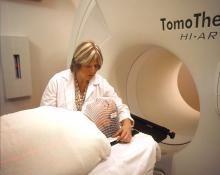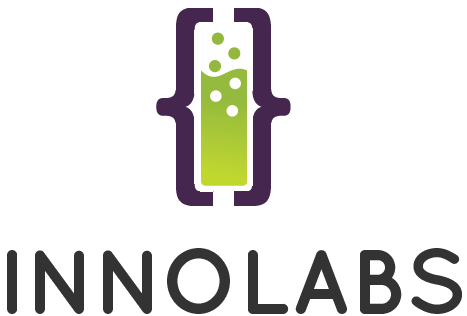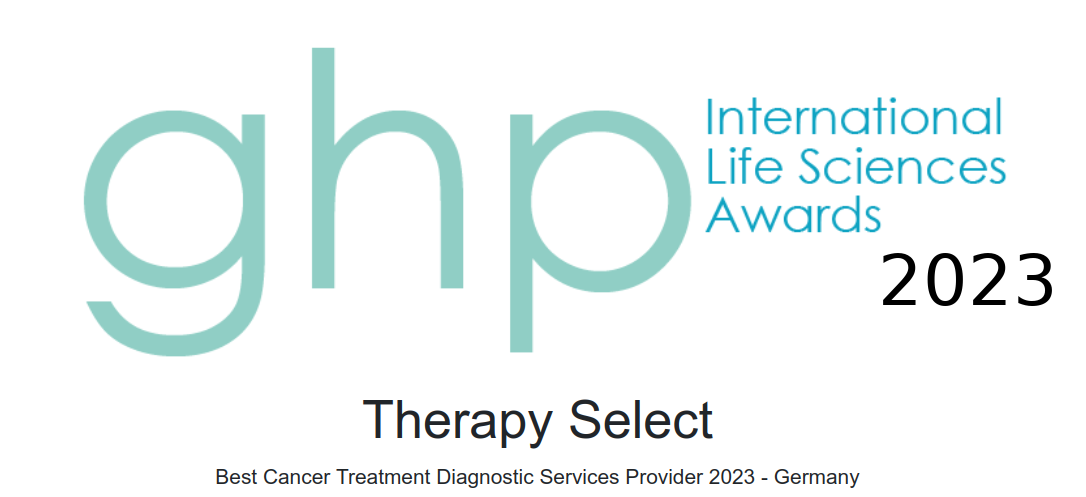Irradiation therapy is an important approach in cancer treatment. As its name suggests, this treatment relies on the use of radiation (either electromagnetic or particle beams) to damage the tumor tissue. Thanks to state-of-the-art machines, the irradiation can be precisely focused on tumor, thereby reducing the damage to normal tissue.
More than half of all cancer patients are treated with irradiation. The irradiation treatment is usually associated with high success rate, which, however, depends strongly on the type of cancer. Irradiation therapy can cure cancer, prevent it from returning, or stop or slow its growth. In many cases irradiation therapy is combined with drug therapy or surgery.
A more recent development of irradiation therapy is the use of ion beams. Ion beam therapy is helpful for patients whose tumors are resistant to conventional electromagnetic or particle beam treatments.
Interestingly, low frequency electromagnetic therapy which has been used as alternative medicine for cancer treatment is not classically associated with the term irradiation therapy. For a simplified physician-patient communication, it might make sense to also include these forms of therapy under the term of irradiation therapy.
The following forms of therapy belong to this group:
- Heat radiation therapy (hyperthermia)
- Microwave therapy (hyperthermia)
- Radio wave therapies (hyperthermia)
- Ultrasound therapy (hyperthermia)
- UV therapy
- Light therapy.
Working Principle of Irradiation Therapy
Irradiation therapy can be of benefit for the cancer patient in three different ways:
-
A curative irradiation therapy aims to completely destroy the tumor and thus to cure the cancer.
-
Adjuvant irradiation therapy serves as support for another form of treatment. For example, it can improve the chances of success of surgery; likewise, certain drugs may make the cancer cells more susceptible to irradiation.
-
Palliative irradiation therapy is used when the cancer is classified as not curable. It can relieve various symptoms of the disease and prolong life.
Possible Side Effects of Irradiation Therapy
The word "irradiation" can invoke fear among patients. However, the fears many people have about irradiation therapy are largely unfounded. During treatment a certain proportion of healthy cells is always affected by the irradiation, however, the damage is recovered in the vast majority of cases. It is important to know that painful physical side effects are extremely rare. Some of the side effects of irradiation are reddened skin and mucosal inflammation. Irradiation of the gastrointestinal area may cause nausea and diarrhea. In addition, the irradiation therapy causes psychological reactions in some patients, which can manifest themselves among other things in tiredness and reduced efficiency. The anticipated side effects can usually be effectively alleviated by appropriate precautions.
How we can help you in fighting against cancer
TherapySelect is a renowned service company that supports treating physicians through specialized diagnostics. We make an important contribution in optimal therapy design for each patient. Till now, there are no standard procedures to assess success before starting irradiation therapy and surgical interventions. However, there are many diagnostic options for drug treatment.
Planning such chemotherapy, targeted drug treatment, or cancer immunotherapy is extremely complex and requires a thorough analysis of the patient's individual circumstances. The big challenge is to choose among the large number of available drugs an active ingredient or a combination of active ingredients against which the tumor of the patient is as vulnerable as possible. Using the most advanced testing methods - including CTR-Test® and PCDx™ - we support the physician and patient in this challenging task.




